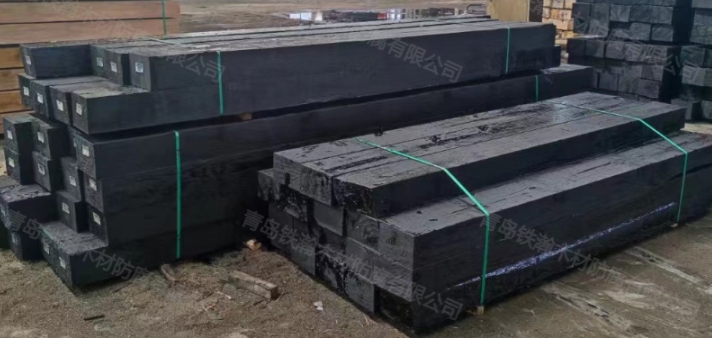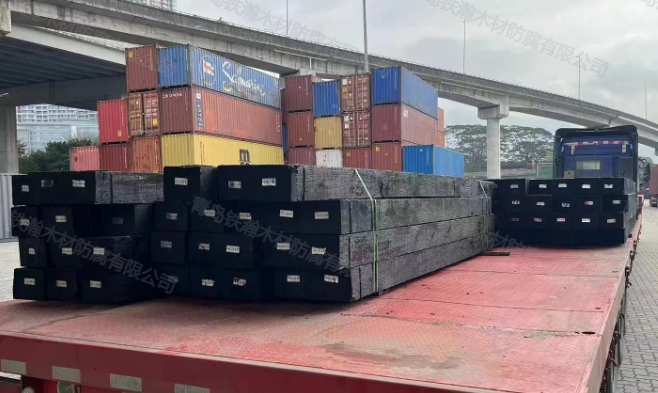Recently, a young woman from Hangzhou made headlines for turning seven or eight old down jackets into a new down quilt. In the past, the clothes she had worn mostly remained quietly in the closet. However, this young woman's sudden idea not only allowed these clothes to be reused, but also resulted in a very practical down quilt. This may inspire us to rethink seemingly unnecessary items and consider using them in different ways or environments, which might lead to unexpected surprises!

For example, you may think that the old anti-corrosion wooden sleepers taken off the railway have no further use. However, in reality, these replaced sleepers can be reutilized and given a new purpose.
Let's not mention furniture; the wooden sleepers used in the production process require high-temperature and high-pressure treatment with anti-corrosion oil, which has a certain impact on human health and therefore, cannot be used in indoor furniture production. However, the old sleepers can be used to construct fences and garden boundaries. They can be cut into appropriate lengths to build boundaries and fences, for gardening and yard decoration. This not only beautifies the environment but also serves as a barrier to protect plants and gardens from the intrusion of other animals.

You may have seen small playgrounds in parks, where you can pay a small amount to play for an hour. Old sleepers can also be used to make outdoor play equipment. They can be processed into wood of various shapes and sizes to build outdoor wooden play facilities, such as climbing frames, slides, and swings. This not only meets children's outdoor activity needs but also revitalizes the retired sleepers from the railway.

On some long-haul trucks and cranes, we often see several long rectangular wooden blocks, which are also sleepers. Some drivers may not use them frequently due to the nature of their cargo, so they may only have a few old sleepers, but relatively speaking, new sleepers are still better—unused new sleepers are safer and more stable. Crane operators, on the other hand, regard sleepers as essential "equipment." They are required to use sleepers as leg pads in many places during lifting operations to prevent damage to the ground.
In summary, although old sleepers cannot be used to manufacture indoor furniture, their reuse value in other fields remains significant. Learning from the example of the Hangzhou girl who turned down jackets into a quilt, through clever processing and design, these old sleepers can be repurposed for secondary use. This not only reduces wood waste but also enhances its value, achieving the goal of resource recycling. Hopefully, in the future, people will pay greater attention to reusing old items, allowing resources to be better utilized and achieving the goal of sustainable development.